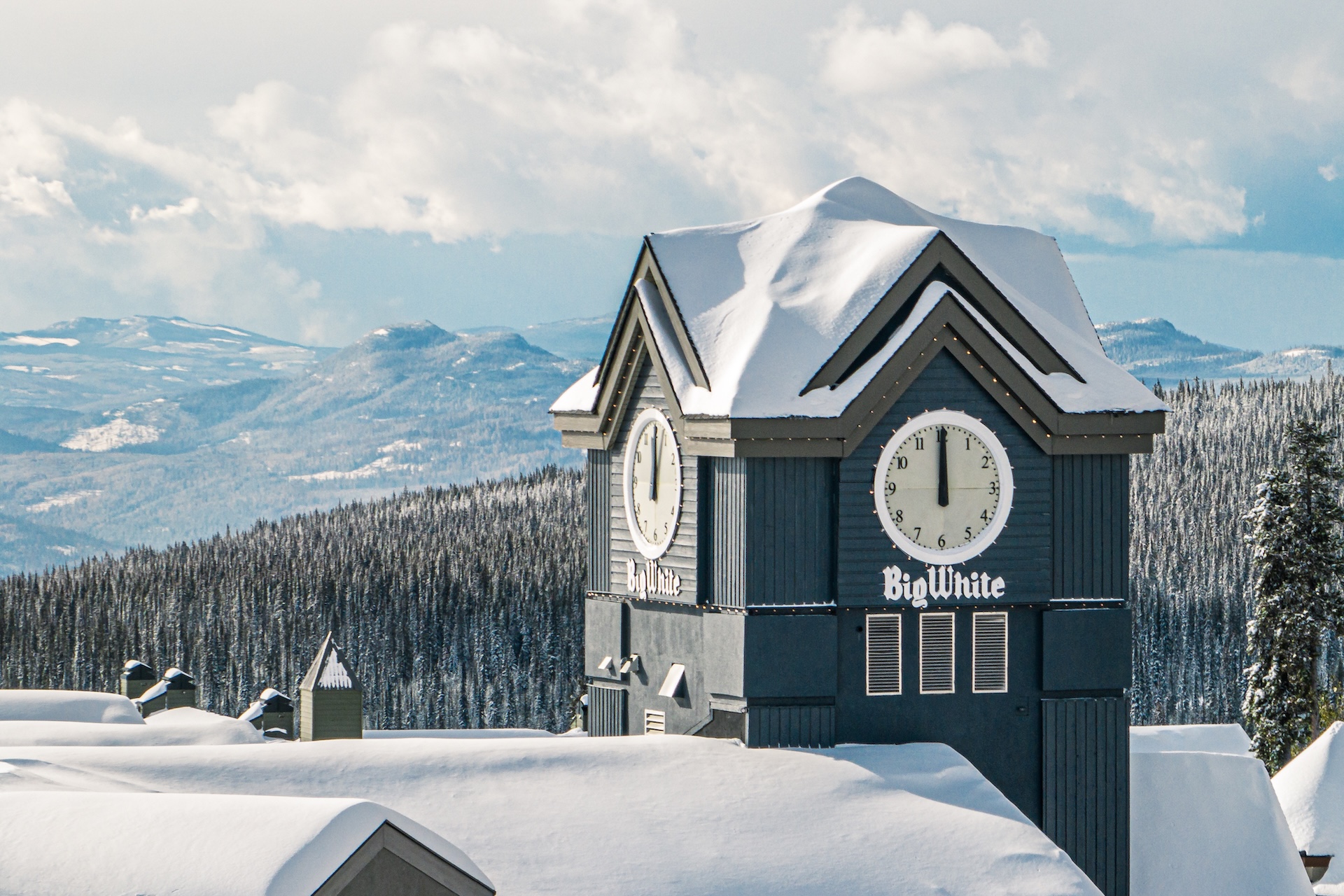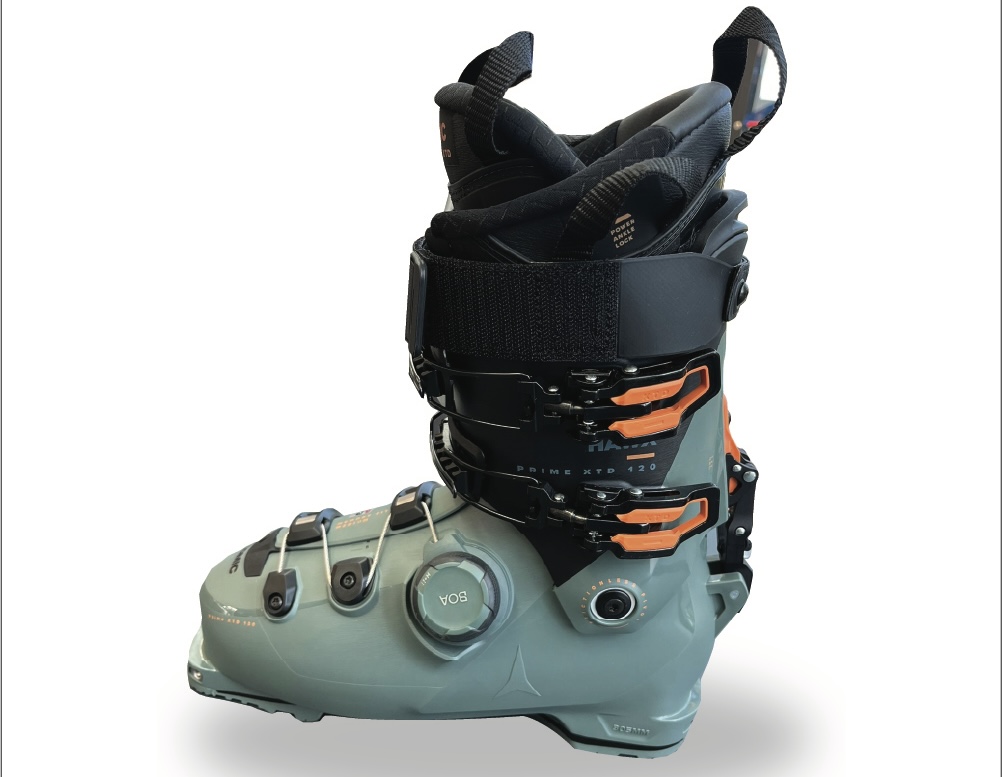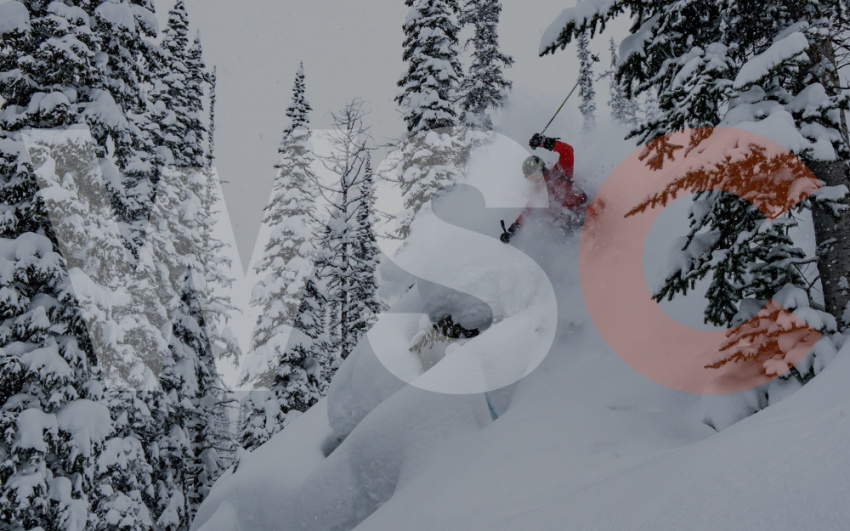Lorem ipsum dolor sit amet, consectetur adipiscing elit. Duis dapibus rutrum vulputate. Mauris sed eros nec est vehicula mattis ac vitae ligula. Maecenas vitae tristique sapien, vitae pellentesque lectus.
What Skis Do I Need For An Ski Instructor Course?

Guide Summary
As skiers explore all areas of the mountain, different terrain in different countries around the world, the variation in skis available to buy continues to increase; freeride, park, groomers, bumps, etc, the number of skis now available to purchase is fairly endless. Each designed to be the perfect driver for a skier to tackle the terrain. For example, the perfect ski for someone skiing knee deep powder in Japan will be different to someone searching for the perfect carved turn on icy slopes in Europe. Therefore, knowing which ski to buy for your instructor course depends on a few factors we’ll explore in this blog.
Skis For An Instructors Course
We recommend purchasing a pair of on-piste performance skis for any instructor course. This is a ski between 65 and 80mm underfoot (width of the ski’s waist) with a sidecut between 13m and 18m. This is the turning radius of the ski. These skis perform well on groomed slopes and in bumps, where you’ll be required to perform your demonstrations during training and certification exams. These skis commonly have a full cambered profile, allowing the skis’ entire length to be in contact with the snow when turning. This increases grip and control over direction. Compare this to a freeride ski, where the tip and tail may have a rockered design, which increases flotation and manoeuvrability in soft snow, but decreases effective edge on hard groomers. You’ll find that your technique and demonstrations can be much more refined if you’re skiing on a performance ski. We recommend steering clear of true race skis that meet FIS specifications. These skis are incredibly difficult to ski on and should be reserved for expert skiers or racers. However, skis with a more ‘race’ design and spec often fall under the on-piste performance category. If you’re unsure when purchasing, we advise checking with a professional ski shop or call us.
How Long Should My Skis Be?
Anything between your nose and the top of your head for a performance ski will work. Too short, especially if below the chin, and the ski will feel unstable. Too long, above the head, for example, the ski becomes difficult to handle in bumps or shorter turns and requires more refined skills. This is specific to performance skis; freeride skis, for example, can be longer as the effective edge of these skis is shorter, and the extra length can give you a better platform to stand on in deep snow.
How Stiff Should My Skis Be?
This decision is a little more complicated. To simplify as much as possible, we recommend avoiding skis marketed as being ‘super forgiving’ or ‘user-friendly’ as they can often be too soft, not giving you the performance and support you’ll need when working towards higher performance short turns and long turns in your level 2 and 3 exams. On the other hand, purchasing a ski at the opposite end of the spectrum would be equally challenging to ski. A ski with a full sidewall, probably with a layer of titanal included in its construction, indicates that a ski will offer you good support and be the right stiffness. Perhaps avoid a ski mounted with a race plate, as these skis will likely be too stiff to start with. You can always progress to a ski with a race plate later. Skis with capped sidewalls and no metal included in their construction will likely be too soft. It’s hard to know for sure without skiing on a ski before purchasing, so if you can, we recommend trying a demo ski.
Which Brand Of Skis Are The Best?
Most reputable ski brands now make superb skis with modern technology, offering skis that cater to World Cup athletes and entry-level skiers. It’s hard to recognise one brand as the best. Brands such as Atomic, Salomon, Rossignol, Fischer, Volkl, Nordica, etc, all produce excellent skis. Some brands specialise a little more in freeride or park, such as Black Crow or Line. We recommend choosing a more race-oriented brand for your course, but by all means, purchase a ski like that to use on your days off.

Choosing Skis Based On Where Your Course Is Held
A key consideration when deciding on skis is where your course will be held. No matter where your course is held, we still advise purchasing an on-piste performance ski if you embark on a level 1, 2 or 3 course. However, there is still quite a broad choice of skis that fall into this category, and understanding the subtle differences can help you pick a ski that will hinder your progress or help you. If you’re taking a course in Panorama, a resort notorious for hard and fast snow, a ski on the narrower end of the spectrum, closer to 65-70mm underfoot and ideally a little stiffer, will aid performance and control. The narrow ski allows you to pressure the inside edge of the ski quicker and more effectively, increasing edge grip, while having a slightly stiffer ski will increase the support and stability you feel on icy surfaces.
On the contrary, if you’re taking a course in Big White or Revelstoke, two resorts that typically have much softer snow, the same ski would be perfect for Panorama, but it would make skiing a little harder here. In these resorts, a ski closer to 80mm underfoot, perhaps with a wider tip, will aid steering and control. I wouldn’t recommend going too far over 80mm; possibly 84 would be as wide as I would recommend, but ensure the ski still has that parabolic design. The wider waist and shovel allow the ski to roll onto edge without burying too deep in the soft snow, which helps with steering if the snow is deeper. The ski tip is less inclined to dive, helping you remain centred and steer the skis in softer snow. A Course Like No Other… All Mountain Performance Camp
We recommend doing some research or contacting us for information on the type of conditions you can expect and how this can inform your decision when purchasing a new pair of skis.

Where Is The Best Place To Buy Skis?
Online
As you can expect, the online market has become incredibly popular and accessible for purchasing new ski equipment. Many major UK and European retailers have extensive online stores to complement their brick-and-mortar stores. You can find some great deals on these sites, as they often sell previous models of skis as well as the latest. These skis often come with great discounts. Do bear in mind, though, if you’re purchasing from the UK, be wary of shipping costs and additional import duties from the EU. What may seem an attractive price for skis can become expensive when you factor in these additional costs.
In Store
You can, of course, buy off the shelf in a ski retail shop. You can guarantee quality and get the security of a transaction with a reputable shop. These retailers will usually stock some newer models, and you also benefit from advice from staff in the shop. Ellis Brigham in Tamworth, for example, lets you demo skis in the SnowDome next door before purchasing a pair of skis. As you might expect, though, purchasing off the shelf like this does mean you’re likely to pay a more premium price. Sometimes though. It’s worth paying a little extra for the security of knowing you’re buying a quality product.
In Resort
Other options include purchasing skis in the resort when you arrive. You may have the opportunity to demo a few pairs before deciding on which skis to buy, and depending on where your course is held, you may have a greater selection to choose from. There is risk involved, though; there may not be enough stock, it’s likely to be more expensive in resort, and you may not have enough time to sort all of this on arrival. However, it is an option for you if you’re unable to secure skis before you travel.
Second Hand
Consider purchasing second-hand. This is actually an excellent option. For one, you’ll pay a lot less, saving you money that you can put towards other equipment, such as ski boots. If the skis have been well looked after, with a good tune-up, they can be as good as new. It’s essential to check some details though, for example, the amount of edge and base material left. Usually identified through a visual inspection. We recommend not purchasing a ski that is too old, as older skis do become brittle and don’t have the same performance as modern skis. If you’re unsure, you can always contact us with questions.
What Other Equipment Do I Need For My Instructor Course?
Aside from skis, it’s important to consider a few other key pieces of equipment. At the top of the list is a pair of well-fitted ski boots. Ski boots are your connection between you and the skis, so it’s imperative that the boots fit well and are the right spec for you and your ability. If you’re planning on purchasing new ski boots, we have one recommendation: don’t cut corners and be willing to spend a little extra to get it right. You can get away with skis, but if the boots are poorly fitted, it can quickly ruin your experience on the snow. We recommend going to see a reputable boot fitter to have a complete fitting done. Even if you have boots already, you can see a boot fitter to have them check if everything is working as well as it could be. You could save money and buy boots online, but without a fitting with a professional, there is no way to know if the boots will be right for you, and you risk getting them really wrong. You’d regret it after just a few hours on the snow.
An Instructors Guide To Ski Boots
Other Equipment:
- Warm clothing (thermals, heated socks, down jacket, etc)
- Gloves
- Helmet and goggles
- Tuning equipment
- Appropriate footwear
- Travel bag
- Ski jacket
Check out Everything Else You Might Need For Your GAP Ski Course
FAQ’s
Two completely different beasts. Revelstoke is renowned for having some of the gnarliest terrain in North America. It’s steep and deep. Its vertical drop of 1,173 metres is the largest in North America. Revelstoke has extensive backcountry, nestled just a short drive from Rogers Pass. It typically has softer and deeper snow due to regular snowfall. 3-4 Week Revelstoke Off-Piste & Backcountry Course
Panorama is now making itself known as a hub for training and major international races. It has a history of hosting international events such as the World Cup, NorAm, and FIS Junior World Championships. Extensive terrain, with some of the best grooming in Canada, makes it a perfect place for instructor training. Panorama is also expanding its backcountry terrain and even has in-bounds Cat skiing! Your On-Snow Guide To Panorama Ski Resort
A Salomon SL 12, a Head Supershape, and an Atomic G8 are all skis perfect for a level 1 and 2 instructor course. They’re on-piste performance skis, not too stiff, but will provide enough support to allow you to perform all the necessary demonstrations for levels 1 and 2. You may choose to grow into a slightly stiffer ski as you progress beyond level 2, but it may not be necessary.
The most common problem is purchasing a ski based on how the ski looks, the aesthetic, the design, etc, rather than the ski’s performance specifications and whether they actually do what you need them to do for your course. It’s no good being on a ski with a cool design that looks good if I can’t do what you need it to do to pass your exams.

































